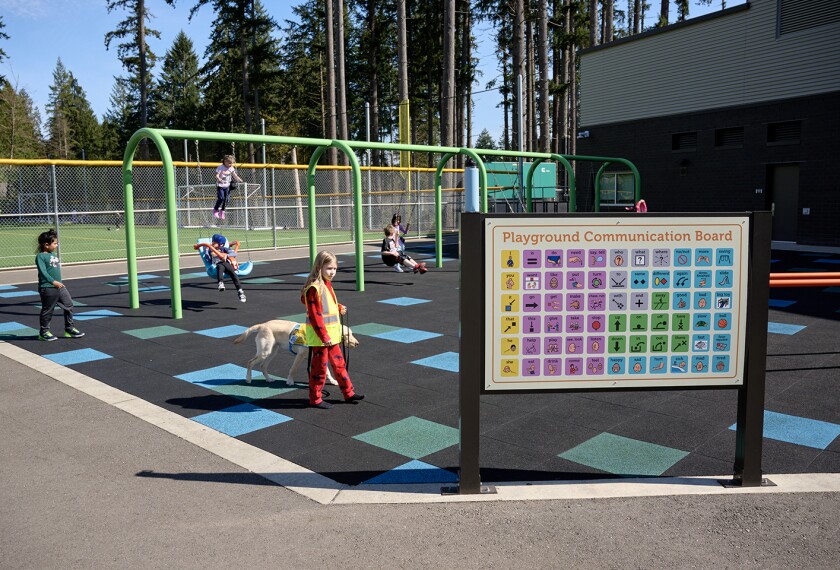As the federal government seeks input on the reauthorization of the Elementary and Secondary Education Act, educators need to emphasize the critical importance of arming teachers not only with the freedom to support each child’s individual learning style, but also with the knowledge to properly educate those with learning disabilities.
There is logic in the new common-core standards for English and math, developed by a coalition assembled under the aegis of the Council of Chief State School Officers and the National Governors Association. These standards, whose final versions were unveiled on June 2, can and should be applicable to students with learning disabilities. And we need, most of all, to support teachers in helping these students succeed.
The National Center for Learning Disabilities has developed a set of core principles for the reauthorization of the ESEA that can be used to guide discussions on programs affecting students with learning disabilities. The new law will offer an opportunity to better support these students and help improve graduation rates by fostering early intervention and effective teaching.
As an educator who leads a college devoted to students with learning disabilities, and having spent a career studying and following research in this field, I know that learning disabilities are neurologically based and do not go away.
While the country has made progress in recent years in improving educational outcomes for LD students, more can and must be done. Of the 13.5 percent of students with learning disabilities in America’s public schools, nearly half perform more than three grades below their enrolled grade in math and reading. Tragically, one-quarter drop out of high school each year, compared with fewer than 10 percent of the general student population.
Contrary to what the public might think, improving success for these students does not mean relaxing standards. The same standards must apply to all students, and this includes those with learning disabilities. The No Child Left Behind Act, the current version of the ESEA, allowed states, districts, and schools to hide hundreds of thousands of students’ scores.
We need to end test accommodations and alternate-assessment policies for students with disabilities by creating tests that present the material based on the concept of universal design. This is not “dumbing down” the material; it is a scientifically proven method that allows several types of learners to understand the material and demonstrate their knowledge. This would benefit not only students with learning disabilities, but also many male students, minority students, and students from low-socioeconomic backgrounds, whom research has shown learn differently.
We need to identify struggling learners as early as preschool, which means that the new law should also include support for professional development for teachers that would help them diagnose problems and improve their literacy instruction. We need to embrace universal design to ensure that all students who struggle have better access to grade-level instruction, materials, assistive technologies, and appropriate teaching methods and assessments.
The 8-year-old No Child Left Behind law did open the way for improvement by requiring the understanding of a student’s current performance in relation to broader educational standards. Including students with disabilities in state assessments was a critical first step toward improvement of student achievement, and there were increases in the number of students with learning disabilities in general-education classrooms in some states.
But NCLB essentially crippled good teachers, forcing them to teach to the tests, rather than addressing individual students’ needs. We cannot make that same mistake again.
We need national benchmarks for all students. High school graduation with a standard diploma and college readiness should be goals for all, not just for those who are easy to teach.




